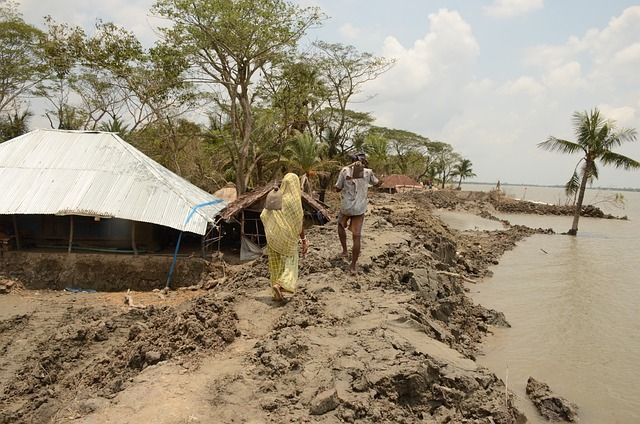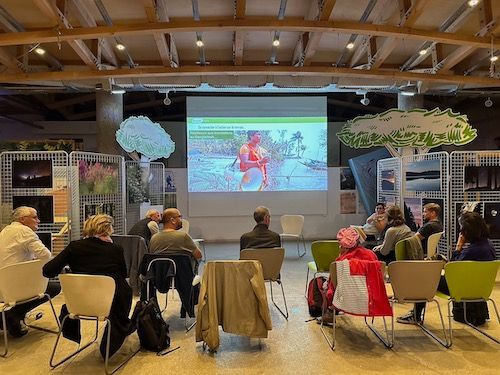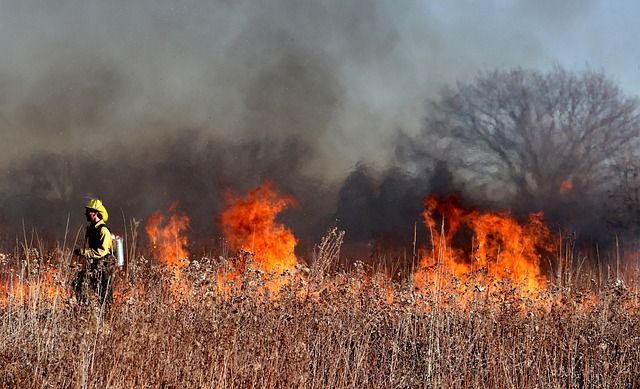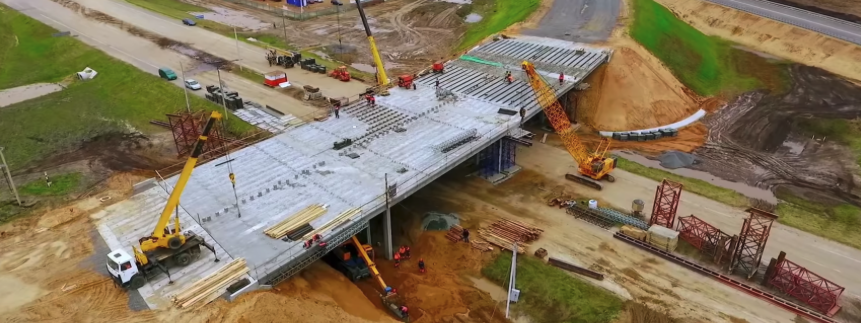The terrible bushfires in Australia in the summer of 2019/2020
The nation has witnessed devastating fires in the summer of 2019/2020. What will the impacts be moving forward?
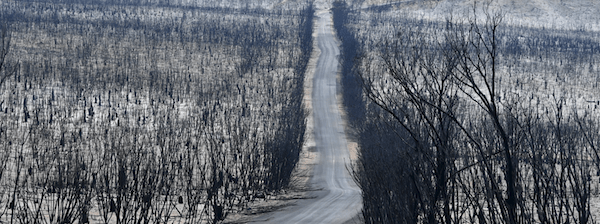
Devastating bushfires, coupled with an ongoing drought, have made it an exceedingly worrying time for Australia at the moment.
The bushfires across Australia during the summer of 2019/2020 are unprecedented in their scale. They have caused widespread devastation and catastrophic damage. Finally, in February 2020, the impact of desperately-needed rain across the Eastern states has meant that the bushfires that have been raging so ferociously are now contained (though the RFS will remain vigilant for any change).
People have tragically lost their lives in New South Wales and in Victoria , and South Australia (including on Kangaroo Island ). A very large number of people have been, and continue to be, directly impacted by the bushfires in various ways – from losing their properties and belongings to having their livelihoods badly affected. It has been, and remains, hugely stressful for everyone impacted. A huge number of animals have died in the bushfires (estimates of exact numbers vary, but we know it is a large number), and the destruction of millions of hectares of habitat is truly tragic. The firefighters who continue to so bravely to fight the gigantic blazes, and all the public services who are responding so resolutely to the situation, deserve our utmost support, our thanks and our sincere gratitude.
Various fundraising initiatives are in place to provide assistance, for example:
People right across the nation, aided by generous assistance from overseas, are rallying together and raising incredible amounts of money and donating goods and services to support the effort to overcome this unprecedented situation. People are also demanding that the federal government does more to provide support and to tackle the impact on the country of climate change.
Some links to articles and information on what’s happened
This article published by the ABC on 9th February 2020 describes Australia's relationship with fire, and lessons for the future.
This article published by the ABC on 19th January 2020 shows the extent of the devastation caused in the Southern Highlands area of New South Wales (NSW), some 100km southwest of Sydney (they were given access to an RFS helicopter for a flyover of the region, which has been decimated by the catastrophic Green Wattle Creek and Morton fires).
This article published by The Guardian on 17th January 2020 describes the impact of the rainfall that finally arrived in mid-January.
This article published by the BBC on 13th January summarises the overall situation as of mid-January.
This article by The Conversation on 3rd January allows you to track what is going on with the bushfires across Australia.
This article published by The Guardian on 8th January describes the devastation that has been caused to Kangaroo Island (note: this article includes images of dead animals).
This article published by The Guardian on 5th January describes the significant damage that has been caused along the South Coast of NSW.
This article published by the Australian Broadcasting Corporation on 3rd January contains thoughts from firefighters who were involved in the Black Saturday firefighting that occurred in the State of Victoria on 7th February 2009.
This article published by The Guardian on 3rd January describes how science can help us to combat climate change.
This article published by The Guardian on 2nd January describes the struggles of tens of thousands of people who were fleeing from bushfire-ravaged areas of the south-east Australian coast.
This article published by The Guardian on 31st December 2019, and this article published by The Guardian on 21st December show the extent of the impact at that time, in pictures.
This article published by the BBC on 20th December describes some facts and statistics of the ferocious fires burning.
This article published by Bloomberg on 17th December describes an approach to the bushfire problem that draws upon ancient indigenous methods.
This article published by The Guardian on 24th December reveals that the federal government was warned by the Department of Home Affairs after the May election that Australia faced more frequent and severe heatwaves and bushfires, and that livelihoods would be affected without effective action on climate change.
This article published by The Guardian on 17th November describes the research undertaken in the 1980’s and the 1990’s by scientists who predicted the increased intensity of bush fires in Australia due to a changing climate.
The bushfire problem across Australia is growing increasingly worse with each year that passes, with compelling scientific evidence supporting this statement. What can be done to protect people, wildlife and the environment of the world’s driest inhabited continent? What long-term, sustainable measures should be taken to reduce the risk in future? What does it mean for businesses, large and small? What does it mean for sport and other outdoors activities that are at the heart of the Australian way of life? There are so many challenges to address.
The drought in Australia
As this article from the ABC confirms , 2019 was the hottest and driest year for Australia on record.
Some key contributing factors to these events
This article published by The Conversation on 14th January 2020 provides a very good overview of the way that Australia’s climate is changing.
Australia’s climate has been scientifically proven to be warming up since the 1970s. As this has happened, fire conditions have become more extreme, and the length of the fire season has been extended across large parts of the country.
Human-induced warming has been evident in Australian temperatures since 1950. This has contributed to a long-term trend of increasingly dangerous fire weather conditions in many areas of the country.
As the Australian Broadcasting Corporation (the ABC), the BBC and other news broadcasters have outlined , the Indian Ocean Dipole (which is a similar ocean trend to the la Nina and El Nino effects in the Pacific) in 2019 is said to be a key influencing factor to the situation in Australia, influencing the drought and the devastating bushfires. The dipole's positive phase in 2019 was the strongest for six decades and has led to warmer sea temperatures in the western Indian Ocean region, with the opposite in the east. The unusually strong positive dipole has created higher-than-average rainfall and floods in eastern Africa, and droughts in south-east Asia and Australia.
Climate change: new temperature records are set in Australia in 2019 & 2020
On Wednesday, 18th December 2019 Australia recorded its hottest-ever day , with an average maximum temperature recorded of 41.9C. On Saturday, 4th January 2020 the temperature hit 48.9C in the Sydney suburb of Penrith.
The poor air quality across many parts of Australia
In the areas directly impacted by the bush fires, the air quality has been terrible. Some days have eerily looked like night-time.
This article published by ABC News on 3rd December 2019 describes the best type of mask to wear when one is outside in smoke haze conditions.
The NSW government's Air Quality Index data shows that, since late October, the number of days when the index exceeded 100 – when exposure is unhealthy – have outnumbered clear days in Sydney, Newcastle and the Illawarra region. Index readings above 2550 (VERY unhealthy) have been recorded in Sydney, while the Monash monitoring site in Canberra showed an extreme 5185 at 8pm on New Year's Day.
This article by The Guardian published on 18th January 2020 highlights the major effect it has had on so many people, and the long-term effects of breathing P2.5 particles will not be known for some time.
This article by The Canberra Times on 15th January 2020 by a historian of air pollution describes the realities being faced, and how people have responded to past situations of poor air quality.
I have lived in Sydney since January 2008 and I have never seen the levels of air pollution in the city that we have seen in the summer of 2019/2020. People who have lived in Sydney all their lives tell me the same thing. It has of course been much worse for people who live closer to the bushfire areas in NSW and in the other States of Australia, and it has been particularly challenging for people with respiratory problems, the very young and the elderly.
It was reported that, from 1st November to 20th December 2019, 28 days were considered to be “hazardous” in air quality. Like many people, I am ready to wear a P2 mask outside when the smoke haze is very bad (as has been the case, for example, on 8th and 12th January 2020).
Are we now at a tipping point about climate change in Australia?
This article in the Sydney Morning Herald on 10th January 2020 sums up the points that many people who live in Australia are thinking about nowadays.
The country is truly seeing the effect of climate change play out – and we are seeing ominous warnings about the future, if we do not change how we live and how we run our economy.
Climate change (UN SDG 13) is arguably at the forefront of the minds of just about every person who lives in Australia (as it also is elsewhere around the world).
Will we see new policies that have positive impacts towards the climate at a federal and state level in Australia? Many people in Australia have good ideas, and there is much that can be learned from many other countries in how to respond as well.
The catastrophic bushfires of the summer of 2019/2020 continue to have many impacts on people, communities, and the economy. Regarding the economy, businesses large and small in many sectors – from tourism to insurance – are facing significant financial consequences. How this will play out over time remains to be seen.
As Australia begins the recovery from these terrible fires, our business-as-usual approach needs to be rethought. There are so many aspects to take into account, and it will take a considerable effort by lots of stakeholder groups working together to agree a sustainable way forward.



